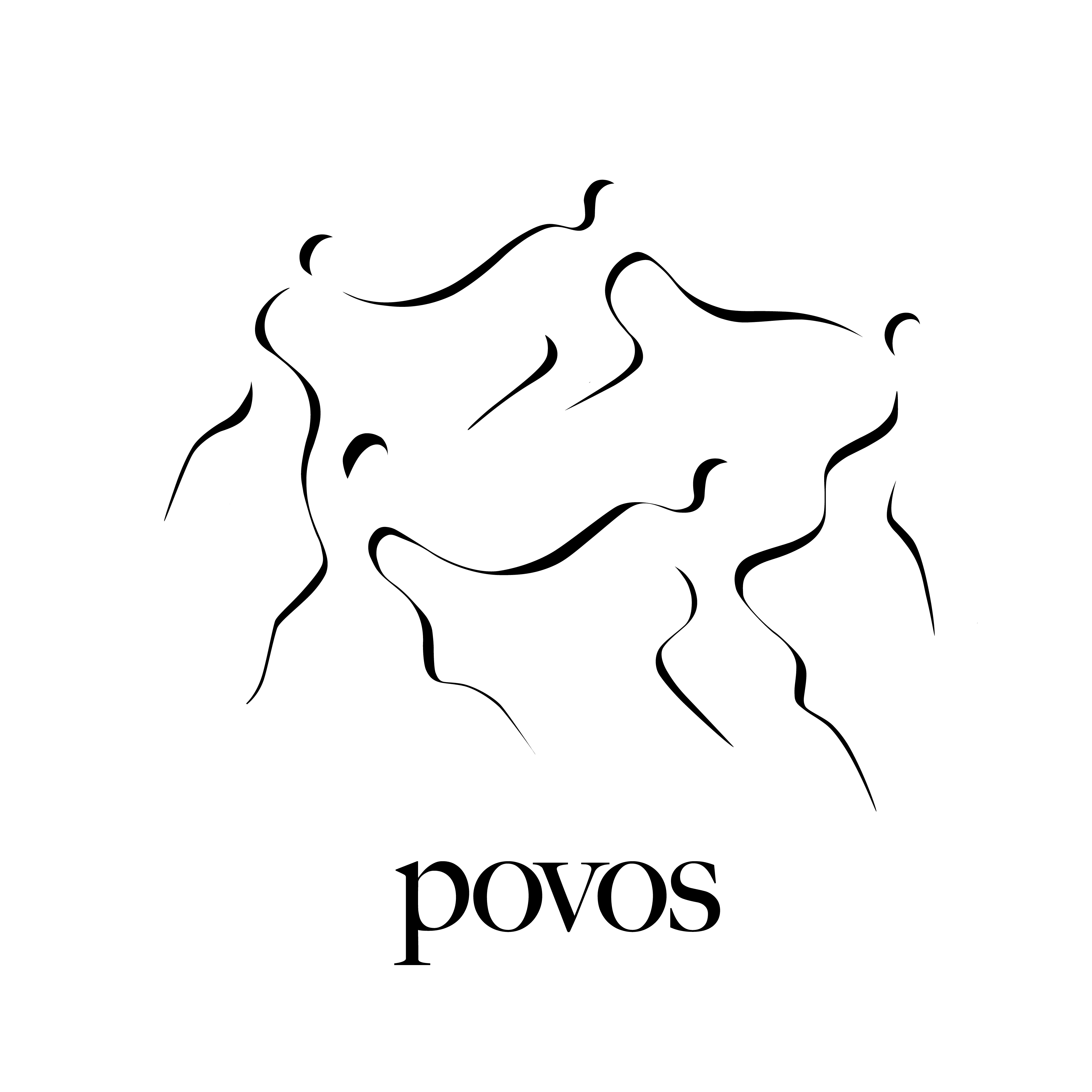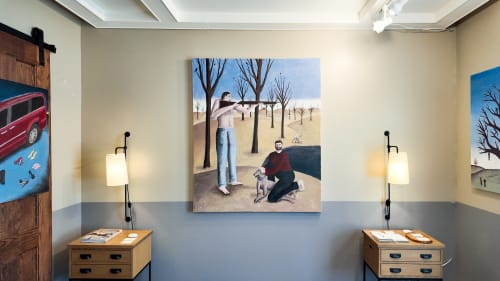The modern art fair represents one of those great flattenings that are possible only through globalization, for all its goods and ills. On the one hand, it offers the unique opportunity to take in art from all corners of the world in a single day—a whirlwind gallery crawl where visitors travel to Paris, São Paulo, Tokyo and beyond by simply strolling the fair grounds. On the other, these events can succumb to a sameness trap: The international hubs where they take place can feel like they’re filled with the same high-end boutiques, the same set of galleries tend to go to many of the fairs, and one hotel room seems more or less like any other.
How then, do major art weeks avoid this pitfall? Many fairs give plenty of lip service to embracing local culture, but few have managed to follow through as convincingly as the crop of exhibitions currently on view in Los Angeles. Take Post-Fair, a new offering that bills itself as “an alternative three-day art fair” that “seeks to simplify the art fair experience.” Low-key would be another good descriptor, and the restraint evident at the event, founded by local gallerist Chris Sharp, is a much needed corrective to the loud (in multiple senses of the word) stylings common to these things. Staged with an airy open plan and soft artificial and natural lighting inside a disused, Art Deco post office built in 1938, the solo presentations from 29 exhibitors have plenty of room to breathe, allowing for thoughtful engagement with the art.
.....
Weirdness of a different kind is central to William Shaeuble‘s paintings. Shown by Povos gallery, his slightly uncanny works draw from his upbringing in Iowa. A couple embraces on a hilltop, their faces hidden from view, as a pair of dogs next to them stare at a chaotic car wreck below; an Elvis impersonator levitates above a group of people in a folk-art-like piece; items of clothing are scattered beside a van that threatens to slip off the canvas due to the odd angle from which it is viewed.


